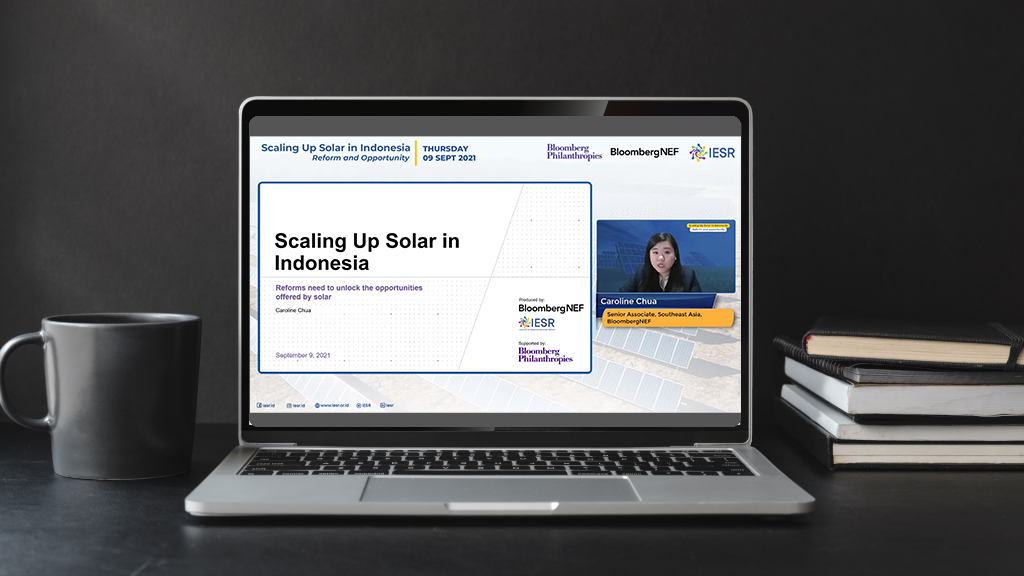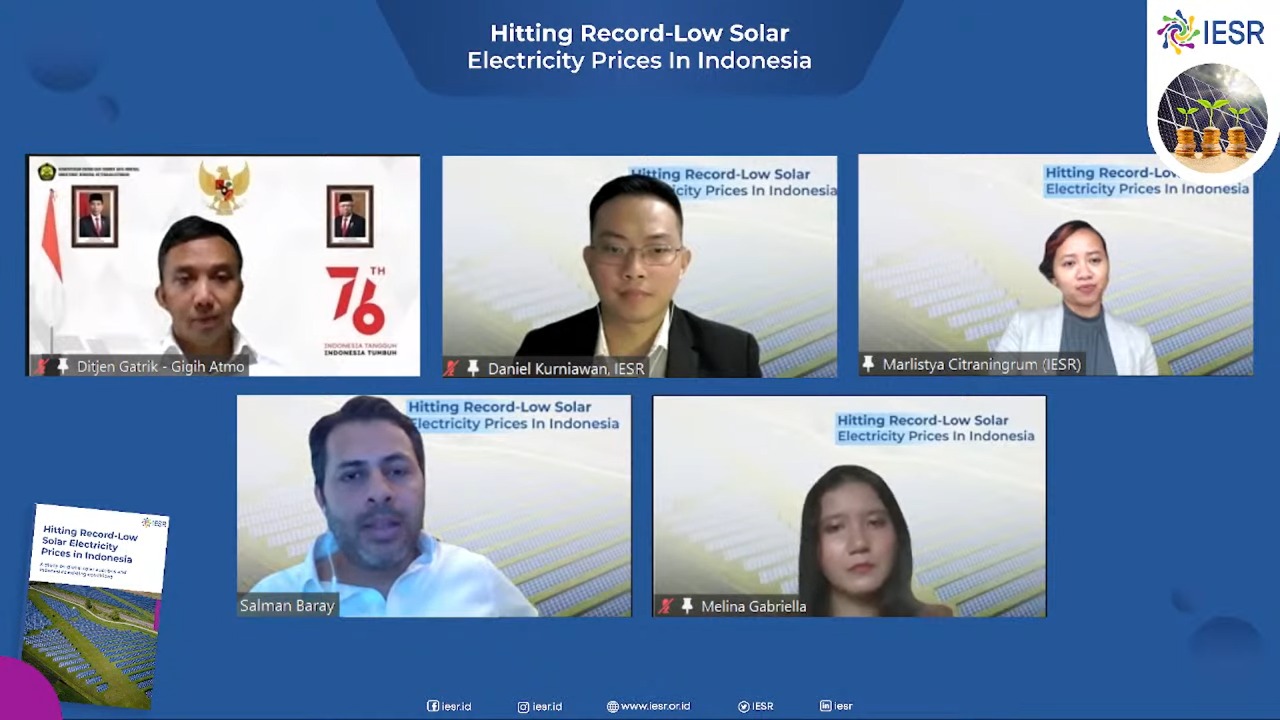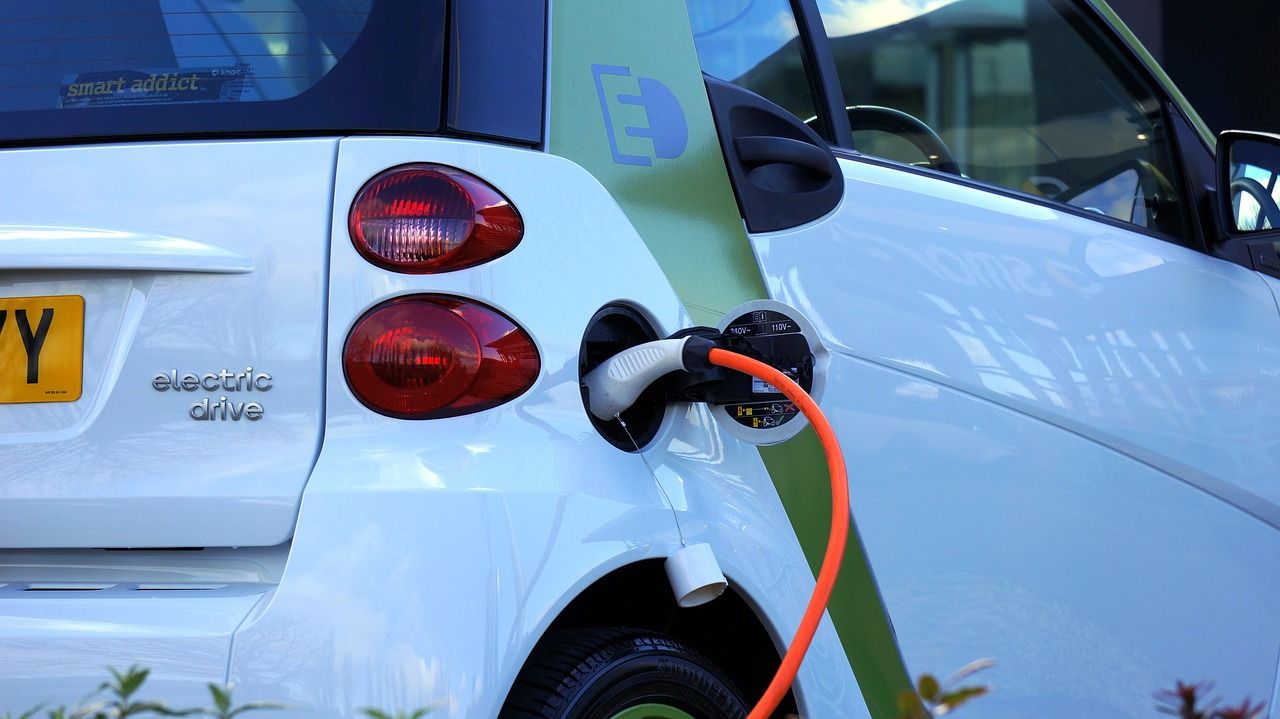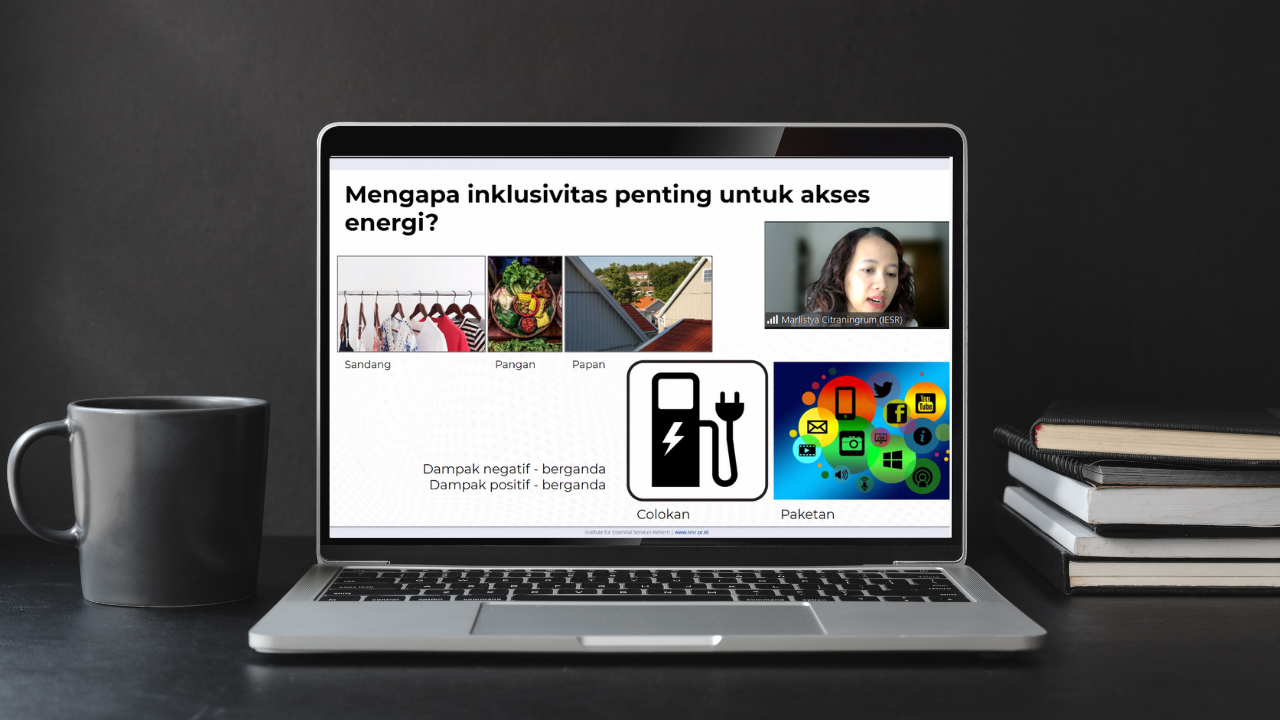Since signing the Paris Agreement in 2015, Indonesia has begun to prepare a Nationally Determined Contribution (NDC) document as an official statement for its emission reduction commitments. Indonesia's first NDC was submitted to the UNFCCC in 2016. Along the way, many parties considered that the NDC owned by Indonesia had not been able to answer…











